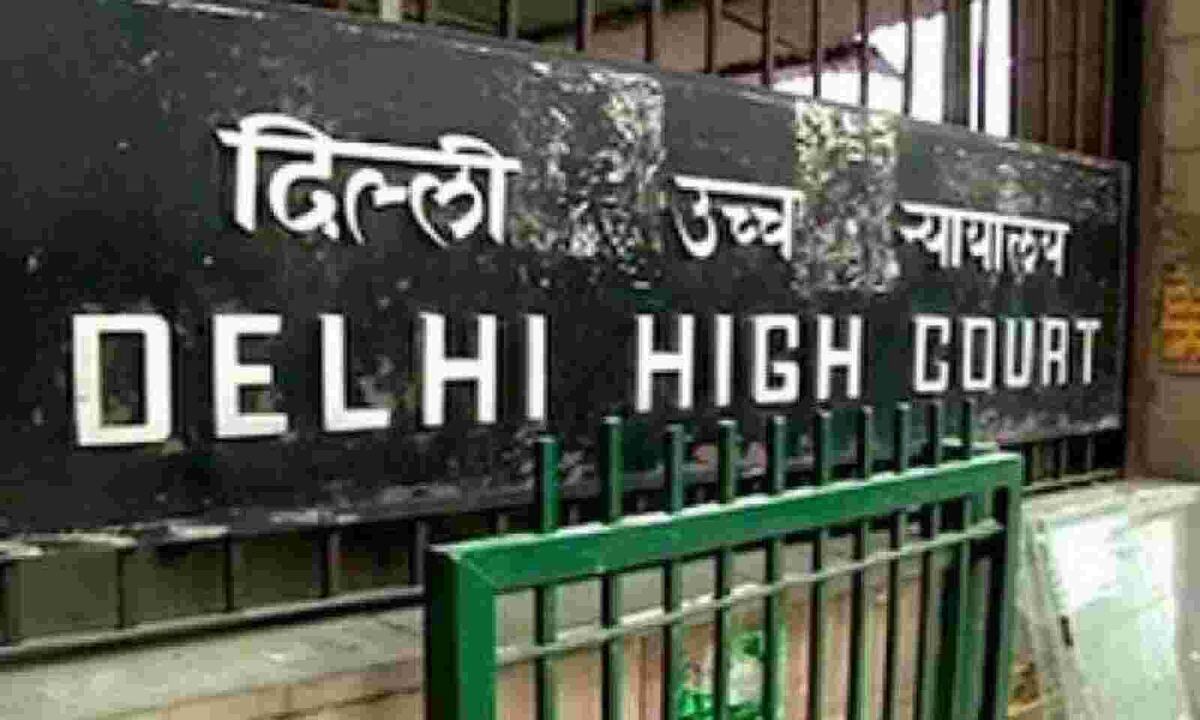Uniform and fair

The judiciary has once again commented on the need to remove the dichotomy in the laws governing certain aspects of citizens' life. The Delhi High Court, while hearing a case related to the Hindu Marriage Act, pointed out that the hope expressed under the Article 44 of Indian Constitution ought not to remain a hope. This idea has been suggested by courts time and again for decades, but the continuance of two separate laws for particular communities in matters like marriage and divorce remains a reality. Respecting its limitations outlined through separation of power, Judiciary has never passed directions in this regard to the executive. It has been, however, pressing the reminder button to suggest that the time may have come for a Uniform Civil Code on certain left out matters — from the frequently cited Shah Bano case of 1985 to the very recent Delhi High Court's comment. The main question that appears here is of time. Our constitution framers had allowed a parallel system of personal laws with regards to marriage, divorce etc. alongside the national laws. They put the idea of Uniform Civil Code in the Article 44 which comes under the Directive Principles of State Policy. DPSPs are not enforceable under law but are extremely important. These guide the State to formulate policies along the lines envisioned by the Constitution framers. It is important to note that Uniform Civil Code, listed under the Article 44, doesn't talk about marriage or divorce in particular; it is with regards to all walks of socio-legal life. The concern here is that the Constitution framers did not deem the time fit for having uniform laws around the areas strictly governed by the Personal Law Boards. One of the reasons could be the orthodoxy prevailing across communities. What has changed now? Has the orthodoxy completely receded or is it even more pronounced today? Even if societies have grown more homogeneous in some pockets of the country, could this be applied to the entire nation? These are the questions to be answered through data and social research. The society's sentiment needs to be gauged systematically before coming out with new legislation. The Central Government, as desired by the Delhi High Court (and other courts including the Supreme Court in the past), should work in the direction to come out with uniform laws. Also, the arguments offered by various policy, religious and other bodies must be taken on board. Unfortunately, this has been scant to date, presenting the greatest roadblock to the Uniform Civil Code. Let alone the Personal Law Boards and other confrontationists, there is unsatisfactory deliberation on the documents provided by the government's own institutions. The Law Commission came up with its consultation paper in 2018 in which it clearly said that the time is neither desirable nor feasible to initiate the process for Uniform Civil Code. There is a need to understand why the Law Commission has suggested that way. Not just the Law Commission but all bodies that have apprehension regarding the issue. It is very important to understand that the issue of Uniform Civil Code is deeply ingrained in the social, political and legal fabric of our nation. Politically, it was included in the agenda of the Bharatiya Janata Party's manifesto. Delhi High Court's judgement should not be a reason for the BJP government to come out and celebrate; it could be so for the party workers. The government should instead contemplate taking all the stakeholders on boards, form committees, hold deliberations and eventually figure out what hybrid solution could be chalked out to satisfy all the sections. It is assumed that when the judiciary expresses its hope for the Code and calls for initiation of the process in this direction, the initiation is meant in a broader sense and not just the forcing a legislation. There could be no denying the fact that under the garb of religion or community laws, there exists a plethora of discrimination and injustice. This has to go through a democratic approach and not the religion vs religion approach. When the judiciary has repeatedly said that governments have done little in this regard, it is not just in terms of passing the bills, but also in terms of removing the differences and orthodoxy through deliberation over the years. It can be hoped that the present government will make a headway in this direction with the objective to remove the injustices and discrimination.



